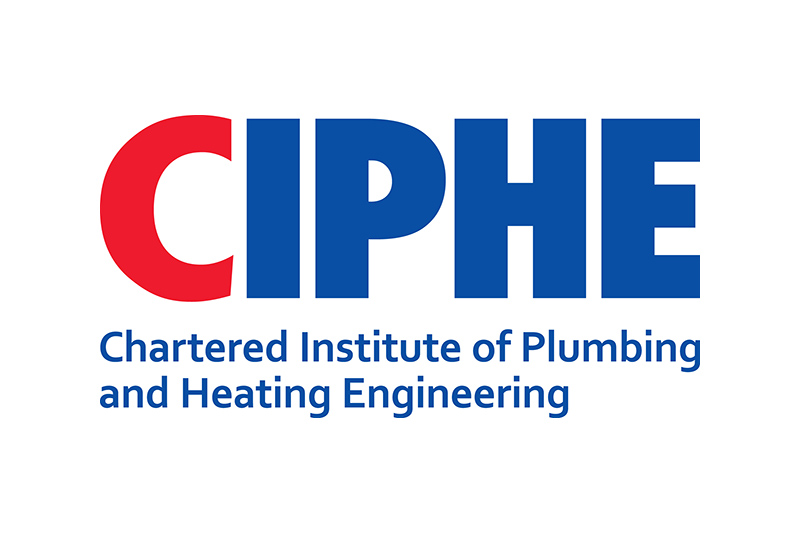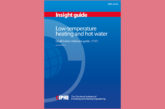
With large bathroom renovations and new en suite refurbishment projects gaining in popularity, Jerry Whiteley, Technical Manager at the Chartered Institute of Plumbing and Heating Engineering (CIPHE), provides an overview of the waste and soil pipe design and installation challenges that these projects can often present.
According to a statistical release from the Ministry of Housing, Communities and Local Government, there were 4,340 subdivisions of large houses into flats from 2019 to 2020. In addition, many homeowners are spending money modifying or extending their own homes due to being indoors more and wanting to make improvements. As these refurbishments and building change of use trends are expected to continue, it is important that potential plumbing pitfalls are avoided, as repurposing a home is often where problems can occur the most.
Common issues and solutions
Common plumbing problems in domestic properties often happen when alterations to an existing system are made incorrectly. Soil/waste pipes in particular need to be correctly designed, sized and installed.
Incorrect waste/soil pipe sizing may happen for aesthetic reasons, and when this happens it is often the case that the soil vent pipes or waste pipes are reduced in size with less capacity. Pipes need to have sufficient capacity for the intended use and depend on accurate pipe size, pipe length and gradient. By making a soil vent pipe or waste pipe smaller, the discharge of waste is significantly affected because a vacuum can be created. The siphonage may prevent water from draining and subsequently cause a blockage. In flats, for example, there have been incidences where ground floor inhabitants have been subject to the impact of back pressure. These factors lead to unwanted flow of water in the reverse direction. The implications of backflow are severe odour, flooding, and the health risks to occupants posed due to contamination.
Not increasing the diameter of the pipe to accommodate for new length of pipework is another common issue to be avoided. When it comes to waste pipe diameter, Part H Building Regulations state, to have a 42mm diameter pipe with a maximum length of three metres. If a pipe is longer than three metres, a 50mm pipe is necessary. An Inadequate length to pipe diameter ratio will mean that there is insufficient air in the system, which can increase pressure and result in back pressure, or induced siphonage for example.
In some instances, mistakes can also be made by extending the length of existing pipe runs without increasing the gradient. Waste pipes must be installed on a gradient in order to ensure the water runs the right way. However, if pipes are on too steep a slope, this may cause the water to drain at a faster rate than any solid sediment meaning it does not wash away and may cause drain blockage or siphonage. Alternatively, if the gradient is too shallow, there will be insufficient fall which may also cause blockage problems in baths and showers. The minimum fall for every four metres of pipe is 10mm, a self-cleansing velocity.
Another common installation issue is when the wash basin fitted in an en suite bathroom is incorrectly connected to the rainwater system. Ultimately, wastewater from bathrooms must not drain into rainwater pipes because it is still untreated waste water and sewage. It isn’t just the wrong pipe termination that can be a problem, but also the type of flowrate going through pipework. Advances in shower manufacturing have seen a significant increase in ‘digital power showers’ which have considerable flow rates of up to 12 litres per minute. Increased volume of water due to high flow waters means a plumbing system is required to cope with this increased discharge. For example, if the connected waste pipe is too small, this can leave the user standing in water as it cannot drain quickly enough or the pulling of another trap seal.
Overall, installers should always be aware of the relationship between pipe diameter, pipe length and gradient as this is crucial to prevent issues with drainage and performance. If in doubt, Approved Document H offers detailed information on drainage and this should be referenced. The CIPHE can also offer members technical help, support, information, CPDs and more.
For more information about the CIPHE and how to access more information, advice and guidance, email [email protected] or call 01708 472791












